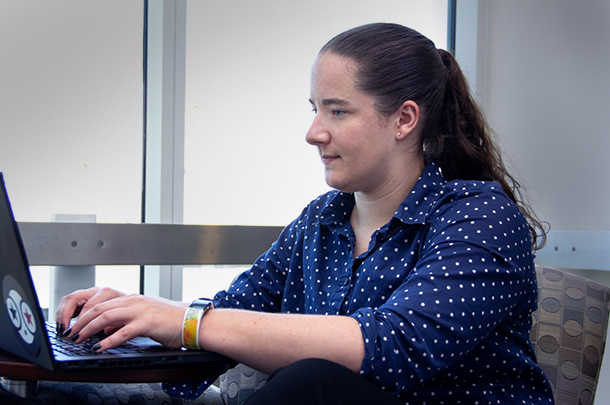Optimizing processes with AI
Nick Sahinidis and his group developed a machine learning methodology that creates simple models to accurately optimize complex processes.
We’re in the age of big data. Data collected through sensors and new technologies at multiple scales can be leveraged to make decisions and infer relationships. But it takes the right techniques and tools to do so.
Machine learning is one way that scientists and researchers are making sense of large amounts of data in a fast, efficient, and accurate way. Researchers in Carnegie Mellon’s Department of Chemical Engineering (ChemE) are using a novel machine learning approach, called ALAMO, to build simple, but accurate models for many applications.
“We don't just use algorithms that others develop,” says Nikolaos Sahinidis, a professor of chemical engineering and developer of ALAMO. “In our group, we also develop the algorithms ourselves and then we apply them to many application domains, both within and outside of process systems engineering.”
Process systems engineering involves making decisions about chemical processes—from designing molecules to designing entire supply chains. In all of these domains there are decision-making problems where algorithms are useful for optimizing these processes.

Source: Carnegie Mellon University College of Engineering
Marissa Engle, a third year Ph.D. student, is applying the ALAMO approach to thermodynamics.
While deep neural networks provide accurate models, these models are very complex. Leveraging mathematical optimization techniques, ALAMO was developed as a new methodology to simply and accurately represent complex processes and account for physical constraints.
“What we started looking at back seven years ago was the modeling and optimization of very complex processes for which we don't have analytical models. So then the question was, can we use data to build mathematical models that we can then use to analyze and optimize these processes?” says Sahinidis.
To create these simple models, the ALAMO methodology uses a small set of experimental or simulation data and builds models that are as simple as possible. In the development process the team has also found how to enforce physical constraints of processes in the modeling process.
Currently, a number of students in Sahinidis’ group are applying the ALAMO methodology, or similar approaches, to multiple chemical engineering problems.
Fifth year Ph.D. student Zachary Wilson is applying the ALAMO method to his work in reactions engineering. Wilson uses the ALAMO approach to create models that can predict what reactions or reaction mechanisms are occurring inside a chemical reactor, based on process data. In many problems, such as in computer vision and other problems that computer scientists tackle, the main goal of a model is to generalize and predict well. Understanding and interpreting the inner workings of the model often becomes a secondary priority. But in engineering, the parameters that researchers need to estimate are imperative, often having physical meaning.
“We’ve taken the integer programming methodology in ALAMO, which discreetly considers sub-models, and have applied it to these engineering domains,” says Wilson.
We don’t just use algorithms that others develop.
Nikolaos Sahinidis, John E. Swearingen Professor of Chemical Engineering , Carnegie Mellon University
Another application is in thermodynamics. Third year Ph.D. student Marissa Engle is extending the ALAMO approach to incorporate all of the datasets measuring different properties of the same fluid, creating one big picture to characterize its thermodynamic properties. Using data on pressure, volume, temperature, heat capacities, and speed of sound, Engle is developing machine learning techniques to find one equation based on these datasets that can easily be used for optimization.
“The problem with these equations is that they get very complex,” says Engle. “Using an ALAMO-like approach, we can suggest basis functions and limit how many terms are being used. We want to improve on these empirical equations so that they are simple, but accurate in the regions where new technologies are starting to push, into areas where the thermodynamics get complicated, so we can accurately represent them and control them.”
Artificial intelligence and machine learning are providing new avenues for scientists and engineers to do their work better. But not all types of machine learning work for every problem. ALAMO is one example of how engineers are leveraging these techniques in order to accurately solve the problems that face engineers of every discipline.
“In some cases you can model from first principles,” says Sahinidis. “If the problem is too complex or too modern for first principles, then that's where we see the potential usefulness of machine learning.”
